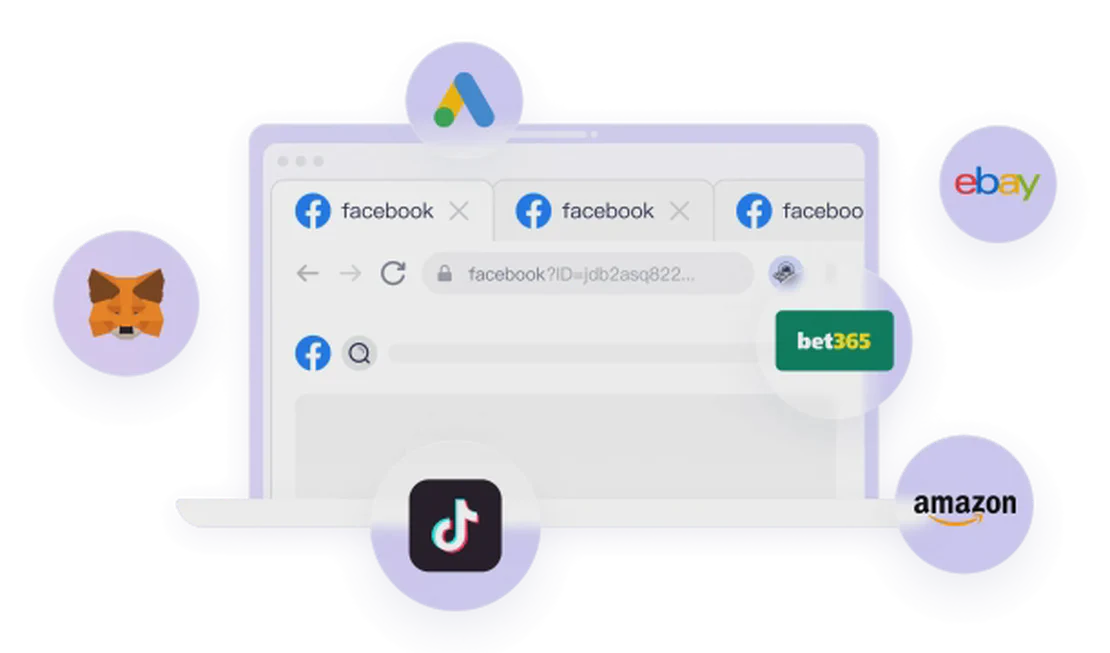detectIncognito is an open-source JavaScript library that demonstrates the ability of websites to detect if a visitor is using “Incognito Mode” or “Private Mode.” While many users believe incognito mode offers complete anonymity, this is not the case. This tool reveals one of the “fingerprints” present in modern browsers that can be exploited to infer a user’s browsing state.
Below, through a 10-question Q&A, we help you fully understand this tool and its implications for online privacy.
10 Questions and Answers about detectIncognito
1. What exactly is detectIncognito?
It’s a lightweight JavaScript library. Website developers can integrate it into their sites to determine if a user visiting their page has enabled the browser’s incognito mode (like Chrome’s Incognito Mode or Safari’s Private Browsing).
2. Why would a website want to detect incognito mode?
Websites may have several motivations, such as:
- Content Paywalls: Some news sites limit the number of free articles, and users often use incognito mode to bypass this. Websites can detect this to block such behavior.
- User Behavior Analysis: Understanding how many users prefer to browse in private mode can influence their marketing or content strategies.
- Functionality Restrictions: Certain features that rely on local storage (like
localStorage) behave differently in incognito mode, and the website might need to adjust functionality accordingly.
3. How does it work? What’s the technical principle?
It primarily exploits the behavioral difference of the FileSystem API in different browsing modes. Simply put:
- In normal mode, the browser can temporarily write to the file system, and the API call succeeds.
- In incognito mode, to avoid leaving traces, the
FileSystem APIis often disabled or its response time is significantly different from normal mode. The script infers whether the user is in incognito mode by checking the availability or response speed of this API.
4. Is this detection method 100% accurate?
Not entirely. Its accuracy depends on the specific implementation of the browser. As browsers get updated, manufacturers might change the behavior of the FileSystem API in incognito mode, which could render this detection method ineffective. Therefore, it’s a clever trick, but not perpetually reliable.
5. Which browsers can it detect?
According to its documentation, it works well on major Chromium-based browsers (like Google Chrome, Microsoft Edge, Opera) and Safari. For Firefox, due to its different privacy protection mechanisms, detection may be less accurate or require other methods.
6. I thought incognito mode was private. Why can it be detected?
This is a common misconception. The main purpose of incognito mode is to not save browsing history, cookies, and form data on your own device. It does not prevent the websites you visit from identifying you. Your IP address, operating system, browser version, and other “fingerprint” information are still visible to the website. detectIncognito exploits a functional difference in the browser, not by stealing your history.
7. Is it legal for websites to use this technology?
This is in a legal gray area. The technology itself is neutral. However, if a website discriminates against users based on the detection result (e.g., denying service without cause) or collects this information and associates it with a user’s identity without consent, it could potentially violate privacy regulations like a GDPR or CCPA.
8. As a regular user, how can I prevent this detection?
In a standard browser, it’s very difficult for a user to directly prevent this type of detection, which is based on API behavior. It’s not as simple as blocking a tracking script, because it leverages a core functional difference in the browser itself.
9. Can browser extensions block it?
Some privacy-focused extensions might try to obfuscate or disable certain APIs to prevent fingerprinting, but this can break the normal functionality of websites. For a specific detection method like detectIncognito, general ad-blockers or privacy plugins are likely ineffective.
10. What does the existence of this tool tell us about online privacy?
It powerfully demonstrates that relying on a browser’s built-in “private mode” is far from sufficient. Your online behavior and environmental characteristics still form a unique “digital fingerprint” that can be tracked and identified by websites. True anonymity requires more specialized tools.
How to Achieve True Anonymous Browsing: Introducing FlashID
The existence of detectIncognito reveals a core problem: standard browsers, even in incognito mode, cannot provide true environmental isolation and anti-detection capabilities. Your device parameters, API behaviors, fonts, and plugins combine to create an indelible signature.
To solve this problem, what you need is a professional fingerprint browser, such as FlashID.
FlashID doesn’t just clear local data; it provides robust protection in the following ways:
- Creates Isolated Browsing Environments: Each FlashID profile has a separate, clean browsing environment where cookies, cache, and fingerprint information are completely isolated, as if you were operating on multiple different computers.
- Modifies Underlying Fingerprint Parameters: FlashID can modify and spoof dozens of underlying browser fingerprint parameters, including Canvas, WebGL, fonts, AudioContext, and the behavior of the
FileSystem API. This makes it impossible for websites to detect your real environment using techniques likedetectIncognito. - Simulates a Real User: The fingerprint configurations generated by FlashID look like those of a normal, real user, avoiding being flagged by website risk control systems for having abnormal parameters.
Whether you’re an individual concerned about online tracking or a marketing and e-commerce professional needing to securely manage multiple accounts, relying on a browser’s incognito mode is risky. FlashID ensures your online identity is truly in your own hands by providing powerful environment spoofing and anti-association capabilities.
You May Also Like
